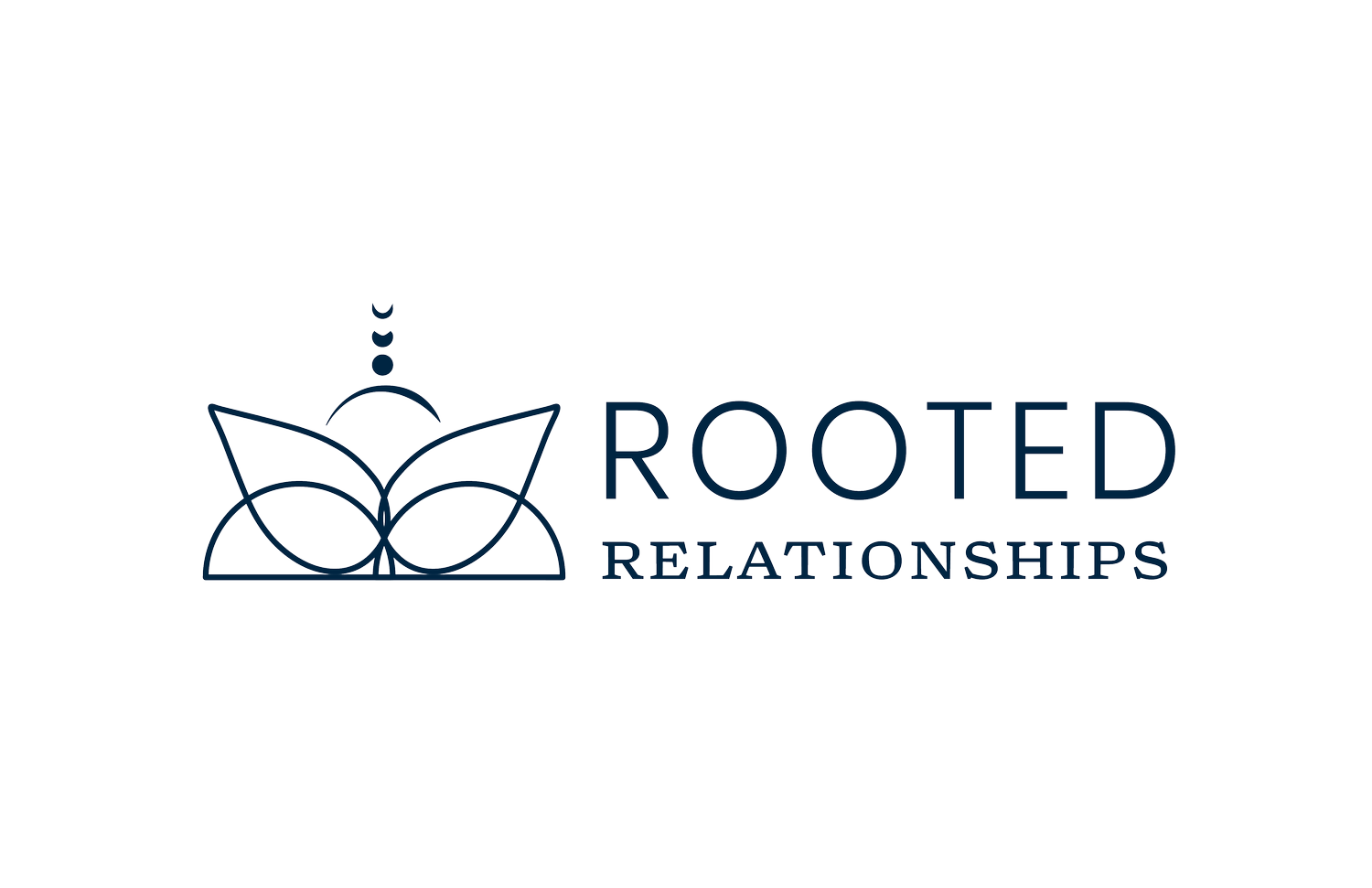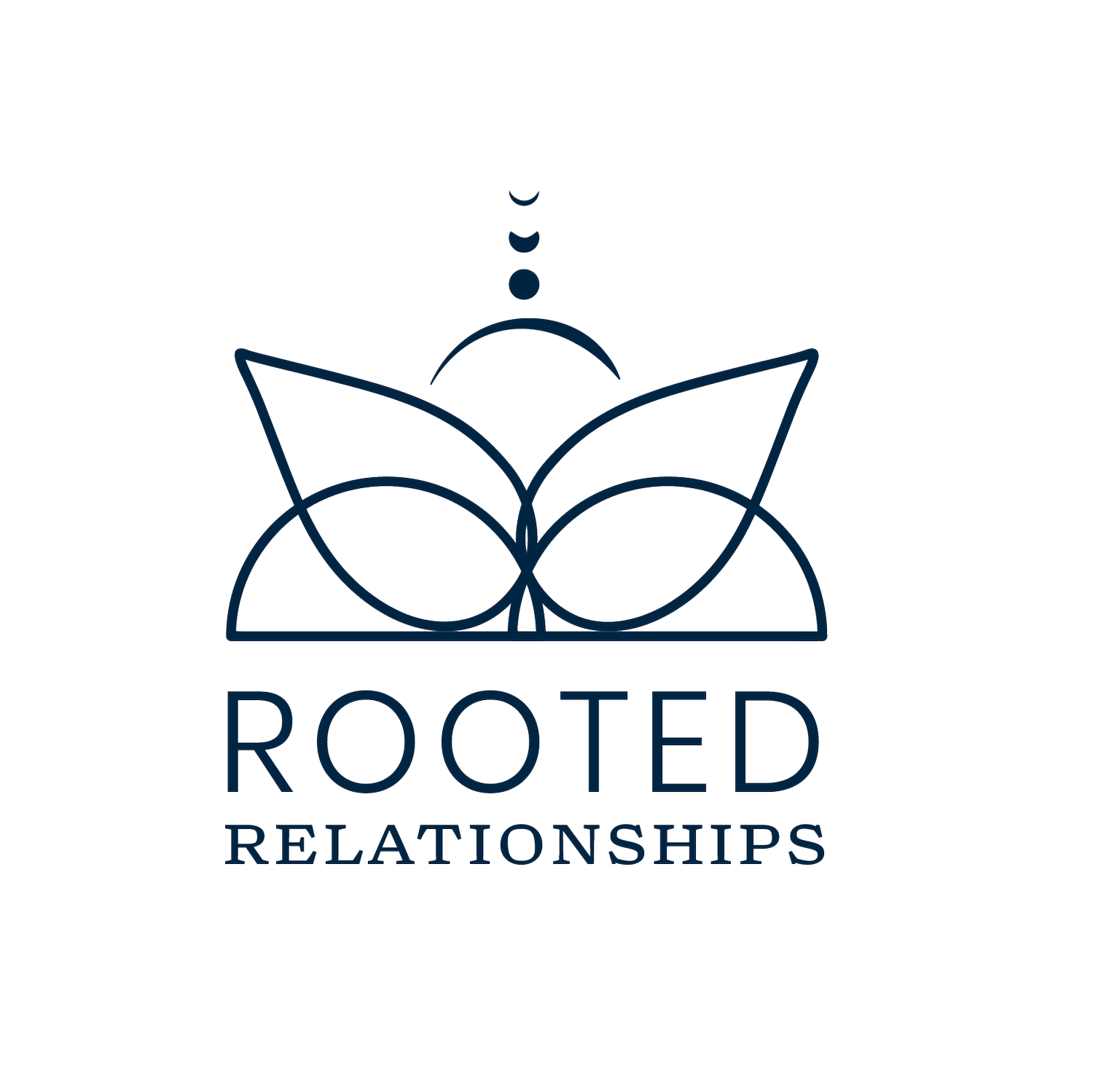5 Shifts I Made That Changed Our Marriage
Twelve years into our relationship and seven years into our marriage, I found myself at a crossroads. My husband, Steve, was a good man – dependable, kind, funny – but deep down, there were things I wished he would change, behaviors I wanted him to “fix,” ways I felt he just didn’t get me. For years, I did what I thought would work. I tried therapy, read books on relationships, and sought advice from trusted friends. I really tried to find acceptance, but it always felt like compromising—like I was losing a part of myself in the process. Over time, I frustration crept in. I became passive-aggressive, voiced complaints constantly, and even started contemplating walking away altogether.
Nothing worked.
But here’s the twist—it wasn’t until I stopped asking him to change that the transformation I craved began to take shape. The magic, as it turns out, happened when I shifted my own perspective, my energy, and my approach to our relationship. I didn’t realize it at the time, but those internal shifts changed everything about how Steve and I connected, supported, and grew with each other.
And yes, those subtle but powerful changes started with me.
The Turning Point
If you had told me at my wedding in 2009 that my personal growth would be the secret ingredient to transforming my marriage, I probably would have rolled my eyes. I was doing all the “right” things—listening, communicating (or so I thought), and trying to meet my needs by getting him to act in ways that felt right to me.
But honestly, there was still a part of me looking for someone – a partner, in this case – who would “fit” me perfectly. And even after being together for over a decade, I was still trying to force Steve to fit into some mold I had in my head.
I wasn’t aware that this dynamic—placing all my energy on how he should change—was the very thing holding us back. It wasn’t as if Steve was a terrible partner. He wasn’t. And he really was trying hard to jump when I said jump. I was so focused on what he was doing that I failed to recognize the power I had to address the suffering within myself.
There came a day (and if you’re married, you’ve likely had one yourself) when the frustration boiled over. We had yet another tense, disconnected evening over the same tired issues, and we finally sought the support of the woman who would eventually become my mentor, Bonnie Macbride.
Through the work with Bonnie, something finally clicked. Basically she said, "You can either keep trying to get Steve to do something differently, which you have been trying for years, or you can accept him and work with your feelings of not getting exactly how you want."
OH! This was it!
Shifting the Focus Within
And so I did something revolutionary—not by stepping outward, but by turning inward. I realized staying stuck in the idea of “if only he would change, I’d be happy” was a dead end. Instead, I started to reflect deeply on what I could control—my perspective, my ability to feel my emotions, and my ways of showing up in our marriage.
This wasn’t about giving up on my needs or silencing my desires. It wasn’t about “settling.” It was about reshaping how I approached the idea of partnership and understanding that true satisfaction starts with you.
Within months of these gradual inner shifts, something incredible happened. We both started to be more of the people we had always dreamed of become. Not because I convinced him, cornered him, or worked some emotional gymnastics. Not because I understood our astrology charts better, or got him to see a therapist (though, that did help!). We were both still fundamentally ourselves. But the system of “us” evolved, and it was more loving, trusting, and freeing than I thought possible.
The 5 Shifts That Changed Everything
Here are five of the subtle shifts that turned our marriage around. It wasn’t easy, but it was worth every ounce of effort.
1. I Let Go of Thinking He Should Meet My Needs Just Because I Had Them
For years, I would ruminate, “He should be meeting my needs. Isn’t that what a husband does?” And sure, a supportive partner can help meet some needs, but expecting Steve to fulfill every emotional gap was unrealistic—and unfair. This is a widespread and popular viewpoint these days, and it's getting us into a lot of hot water: Needs are so important that we should all try to meet each others needs as much as possible.
Instead, I started looking at my needs and my expectations with curiosity. Could I actually be ok with the level of being "met" that Steve could give right now? Am I strong enough to tolerate that discomfort? This shift in expectation and perspective was a game-changer. The less I leaned on Steve to validate every insecurity or fulfill every expectation, the freer I felt, the more satisfied I was. And ironically, easing the pressure on him made him more present and willing to show up for me in truly meaningful ways.
2. I Focused on What He Did Well
For as long as I can remember, I was constantly pointing out flaws, offering “suggestions” for improvement, or asking for changes. This was an important part of my healing, actually; Steve was really the first person I voiced my preferences, desires and needs to. I wanted what I wanted. But you know what became painfully evident? Criticism doesn’t fuel connected growth—it blocks it.
As I began to be ok not having my needs met how I wanted, I also stopped focusing on the things I thought he lacked, I shifted to noticing—and celebrating—his strengths. Whether it was his ability to find joy in the moment, his deep commitment to our family, or his talent for finding things (my organizational skills are lacking!), I made a point to highlight these qualities. And his deeper abilities too: his longing for love and connection, his integrity, his willingness to try hard things with me.
The result? Steve started flourishing. He felt more loved and valued for who he was, not for his potential. Feeling appreciated motivated him to willingly adjust his behaviors in ways that benefitted both of us.
3. I Chose to Be “Good Enough” Instead of Right
Oh, the temptation to always be right—doesn’t every married woman know it? For a long time, I was so focused on showing him ("being right") how he didn’t understand me, how he didn’t quite “get it.” I would replay conversations in my head, dissecting the ways he missed my point or didn’t respond the way I wanted. But by focusing on being right, I missed the ways he actually was able to connect. I overlooked the moments where he listened, where he showed he cared, even though it wasn’t in the exact way I imagined or expected. I was so determined to highlight where he fell short that I failed to acknowledge where he showed up.
When I finally let go of that tug-of-war over being right, I began to notice the depth of feeling, the effort, and the genuine moments of connection he was offering me. It wasn’t about him finally understanding me in the ways I had always wanted; it was about me adjusting my perspective. I realized that the gift of love doesn’t always come wrapped in the packaging we imagine. And when I stopped needing to be right, I could finally embrace those moments for what they were: proof that he got me, even if it was in his own unique way.
4. I Fully Committed—No Exit Strategies
There were moments in our marriage where I wondered, “Should I stay? Maybe I’d be better off with someone else.” I’d find myself caught in a cycle of doubt, questioning whether I was truly happy, whether he could ever get better at getting me, or if I was holding on to something that was already slipping away. But let me be real, I wasn’t truly ready to leave—that was just fear talking. Fear of the unknown. Fear of failure. Fear that maybe I wasn’t enough to make it work. When Bonnie pointed this out to me in our couples work together, she helped me see that if I wasn't ready to leave right now, then I was still in; and if I was still in, I might as well give it my all.
I chose to invest every part of me into this marriage, to give it a real chance. Once that mental shift grounded me, it created space to build trust—not just in Steve—but in myself, and in us. The trust didn’t happen overnight, but step by step, we started to rebuild the connection we thought we had lost. It wasn't easy, but choosing to stay was the first step toward something stronger than I ever thought possible.
5. I Claimed What I Wanted While Preparing Not to Get It
This might sound contradictory, but hear me out. I stopped holding my desires hostage to the fear of disappointment. For so long, I hesitated to share what I truly wanted, becauses I had built up this whole story that my needs wouldn't get met (see Shift #2). But through our couples work, I began to see that there was no way I would feel happy not going for what I deeply wanted. I started voicing my wants with clarity while also releasing the expectation that they would always be met .
This one is similar to Shift #2, but with the added component of claiming with ruthlessness! Now that Steve didn't feel the obligation to try to meet every need exactly how I wanted it met, I was also freer to WANT any and everything, without the pressure of expectation. This shift was subtle yet incredibly powerful. It allowed me to express myself authentically, to say what I needed or hoped for, without attaching an emotional burden to Steve or making him feel responsible for my happiness. And something surprising happened. Instead of retreating or feeling pressured, more often than not, he leaned in to meet me. It taught me that vulnerability and honesty, when paired with an open heart, can create space for deeper connection and mutual understanding.
Your Marriage Can
Change—And It Starts
With You
Transforming a marriage isn’t about how you communicate or holding a magnifying glass up to your partner’s faults. It’s about holding a mirror to your own heart and asking, “How can I show up differently?”
For Steve and me, these five shifts unlocked a level of intimacy and connection we hadn’t experienced, ever. The best part? That love, freedom, and trust I dreamt of—it was not only possible, but it just kept on growing! I just had to do the inner work to see it.
If this reflection resonated with you, join my email community for monthly reflections, relationship tips, and insights just like this. Together, we can build stronger, more fulfilling connections.
Sign up here and take the next step toward a thriving relationship.





